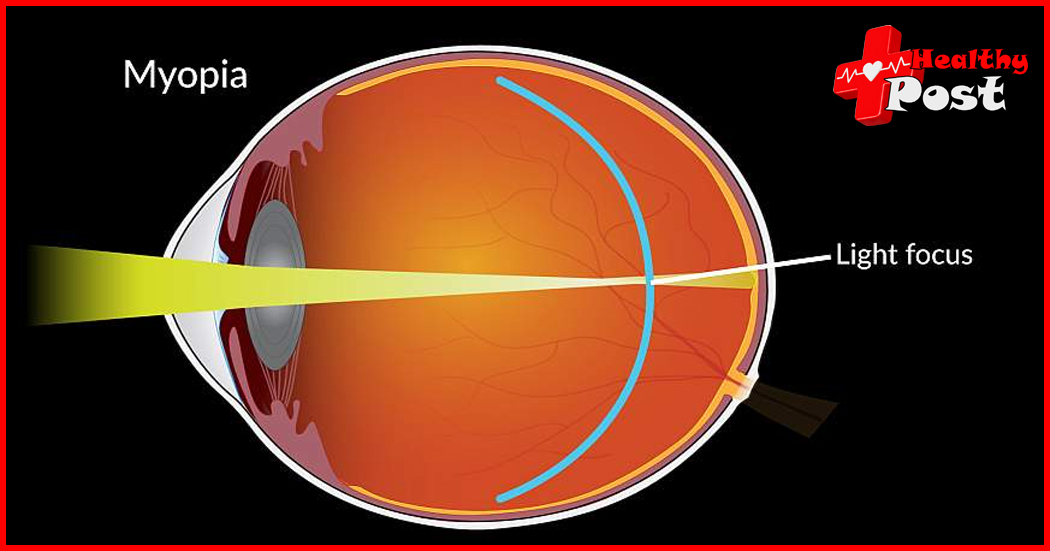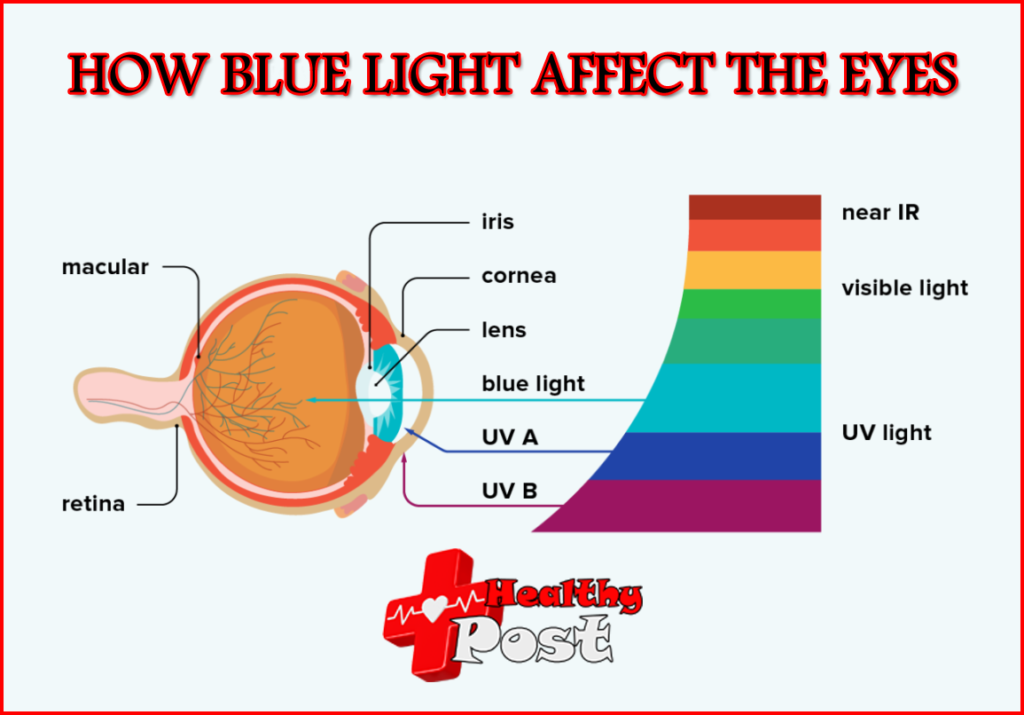
Myopia prevention is better than treatment, how to do it?
Many myopic parents are afraid that vision problems will be passed on to their children, and are worried that their children will wear thick lenses as they grow up. This worry is not groundless. Genetically speaking, if one parent is highly myopic (myopia degree is greater than 600 degree), the other parent is a phenotypically normal myopia gene carrier, and the incidence of myopia in their children is about 50%.
In addition to congenital inheritance, myopia is mostly influenced by acquired environment. If both parents have moderate to low myopia, but due to acquired environmental factors, the child may also be myopic.
When you see this, don’t rush to seek medical advice. As mentioned above, don’t worry, babies are born with myopia resistance buff!
Before explaining this matter in detail, we have to review the knowledge points we have talked about before, knock on the blackboard!
The causes and differences between myopia-emmetropia-hyperopia:
Changes in vision status can be understood using the principle of a magnifying glass.
Only by maintaining the right distance between the magnifying glass and the object can a clear focus be achieved on the ground. Likewise, our eyes refract light so that it is focused on the retina to see objects clearly.
The difference between myopia, emmetropia and hyperopia is the length of the eye axis. The axial length of the eye is the distance from the front surface of the cornea to the front surface of the retina (fovea). If the axial length of the eye is too long, light will focus in front of the retina, causing myopia. If the axial length of the eye is too short, light will focus behind the retina, causing farsightedness. When the axial length of the eye is moderate, the light is just focused on the retina, which is the emmetropic state.

Buffs are full – new accounts are born with farsightedness!
Newborns are generally farsighted because their eyeballs are immature and have a shorter eye axis. This state of hyperopia is part of the normal physiological development process. As the eyeball grows, the axial length of the eye gradually becomes longer. Usually reaching half of the adult axial length around the age of 5. In addition, the baby’s color-sensitive cells are also growing. Gradually developing from the initial vision of black and white to the ability to perceive color.
Therefore, in the first few years after birth, babies often prefer to observe things at close range, because they can only see clearly at a closer distance. This phenomenon is temporary. As the visual system matures, the baby’s vision will gradually adapt to long-distance vision.

The eyeball is small and the axial length of the eye is short, so it is almost always farsightedness. As the age increases, the axial length of the eyeball grows until it develops into emmetropia around the age of 12. This physiological hyperopia is a normal process of eye development and is professionally called hyperopia reserve .
2. Does this mean that with such innate advantages, there is no need to worry about my children’s myopia?
Thanks to this natural buff, in theory, babies will not be at risk of myopia before the age of 12. But the reality always slaps them in the face!
According to national survey data, the overall myopia rate among Chinese children and adolescents aged 6-18 years in 2020 is 52.7%, and the number of myopia people is approximately 100 million. In Guangdong Province alone, the myopia rate among preschool children under 6 years old is 14.5%, and the myopia rate among Chinese adolescents is 14.5%. The rate ranks first in the world.
Although babies have a “sight bank”, in modern society. These precious savings are being consumed rapidly, and expenditures far exceed storage. Vision problems are also the focus of many mothers and fathers.
Many popular science articles also mention the following ways to keep your eyesight healthy:
1. Maintain the habit of outdoor exercise
2. Reduce exposure to electronic screens
3. Reduce eye fatigue
4. Balanced nutrition
Parents also strictly follow these methods to carefully protect their babies’ eyes. However, when they go to the hospital for a general examination, the farsightedness reserve is still greatly reduced. In fact, an important part has been ignored, and that is the quality of the light source .
Eyeball development cannot be separate from normal light signal stimulation. And a good light environment is particularly important for refractive development.
3. So how is the quality of light source related to eyeball development?
Sunlight is known as the best light source, thanks to its continuous spectrum without sharp peaks and valleys, which allows light intensity and color temperature to continuously change in natural environments. Such changes mimic the adjustment mechanism of the human eye, helping to reduce eye fatigue and train the eye’s adjustment function.
Sunlight can also stimulate the retina to secrete dopamine. This neurotransmitter is not only related to feelings of happiness, but is also crucial for photoreceptor cells to respond to light stimulation. In addition, sunlight acts on the choroid, increasing its blood supply and thickening the choroidal layer, which helps inhibit excessive growth of the axial length of the eye, thereby preventing myopia.
Therefore, natural light can not only relieve eye fatigue and promote eye development, but also help protect the baby’s hyperopia reserve and prevent the occurrence of myopia.
It is worth noting that blue light from common light sources may harm your baby’s vision
Contrary to natural light, most household LED lights are excited by blue light chips and contain one or more phosphors. The light emitted by the blue light and phosphors is ultimately mixed into white light.
The visual cells and visual cells in the human body are relatively sensitive to blue light. High-intensity blue light will cause the death of light-sensitive cells, which will then cause macular degeneration in the retina, causing longitudinal chromatic aberration in the human eye, promoting the development of the eye axis, exacerbating the elongation of the eye axis, and leading to myopia. happened. Coupled with the loss of parents and the reduction of outdoor classes in schools, most children’s farsightedness reserves are being depleted at an accelerated pace.
The World Health Organization (WHO) Eye Care Association issued a warning in 2008: ” The potential threat of blue light radiation to humans will far exceed the destructiveness of Sudan Red, melamine, SARS, and HINI, and can invisibly devour people’s eyes. “

In addition to the serious harm caused by blue light, direct light from common light sources is designed to cause great irritation.
Many LED lights are designed for direct light. The eyeball structure of infants and young children has short front and rear axial length and high lens transmittance. Their eyelids can transmit 38% of white light. Strong light or direct light will cause very strong damage to the eyes of infants and young children. Stimulation, including with eyes closed.
Because the photoreceptor cells in the eyes of infants and young children, especially newborns, are very sensitive, light that causes discomfort to adults can easily directly damage the vision of infants and young children.
The lack of diurnal changes in common light sources may affect the baby’s biological clock from the fetal period
Moreover, the influence of the light environment begins during the fetal period. Studies have shown that the mammalian uterus is not completely dark, and the transmission of external light to the fetus ranges from 0.1% to 10%, and increases with the increase of gestational age.
The circadian rhythm of infants and young children is very fragile and can easily be disturbed by the outside world and cause many problems. 28%-40% of infants and young children have sleep problems. If good light sources are not use to initially cultivate the baby’s routine during the pregnancy period, it will be very difficult for the baby to have sleep problems. It is possible to have a high needs baby.
It can be say that an inappropriate lamp may damage the baby’s vision and growth and development from the fetal stage.
4. So how to choose a lamp that can protect your baby’s vision?
After reading the above, are you also worried that babies playing under peak blue light and direct light for a long time will consume their farsightedness reserve and affect their vision development? Don’t worry, I have a magical tool to help you – Paulmann Angel Ring Mother and Baby Lamp.
Their full-spectrum light can simulate natural light, provide a comfortable light environment for babies, and improve their color recognition ability:
1. Diffuse reflection structure: allows light to diffuse gently, protects baby’s vision and prevents amblyopia and color weakness.
2. Intelligent dynamic adjustment: perfectly simulates natural light and provides a comfortable light environment.
3. Supplement visible violet light: 400-420nm beneficial visible violet light, promotes eye development and prevents myopia.
4. Full spectrum lighting: Improve baby’s color recognition ability. Ra98 high color rendering and RG0 low blue light level to reduce eye damage.
At the same time, Berman is the first lighting brand in the industry to pay attention to the light needs of mothers and infants and develop research and development. Through 56 years of professional research on home eye protection, it has created such an angel ring for mothers and infants that is perfectly comfortable, non-glaring, and infinitely close to natural light. Ceiling lamp.
Provide one-stop vision development and protection for light-sensitive mothers and babies from pregnancy to parenting. If you want your baby to have good vision and sleep. It is best to install a Berman Angel Ring maternal and infant ceiling lamp in the bedroom. Choice, wall crack recommended!


4 thoughts on “Myopia prevention is better than treatment, how to do it? ”